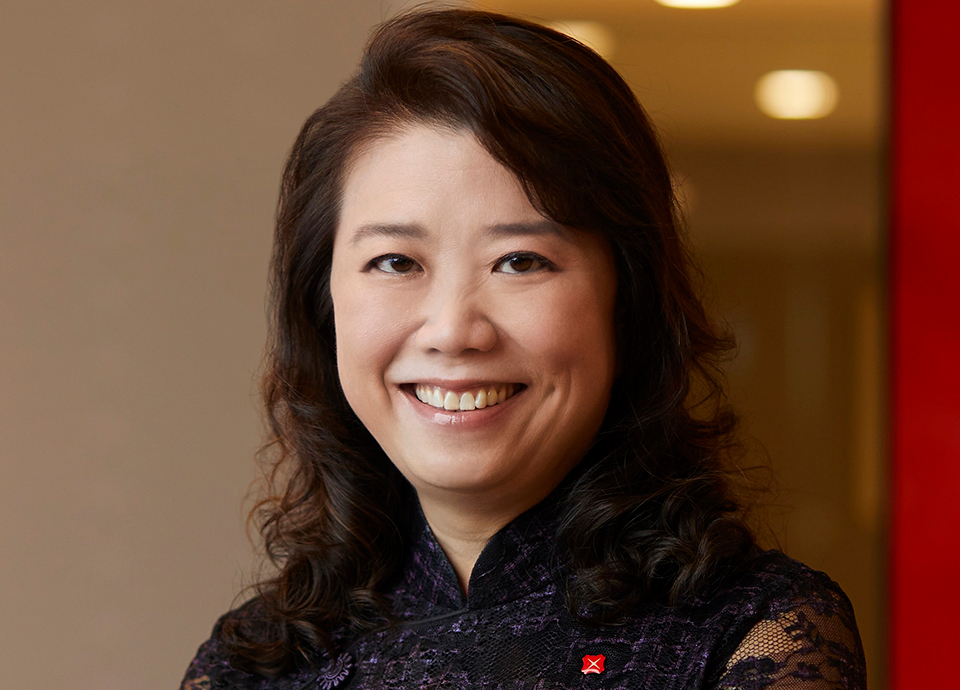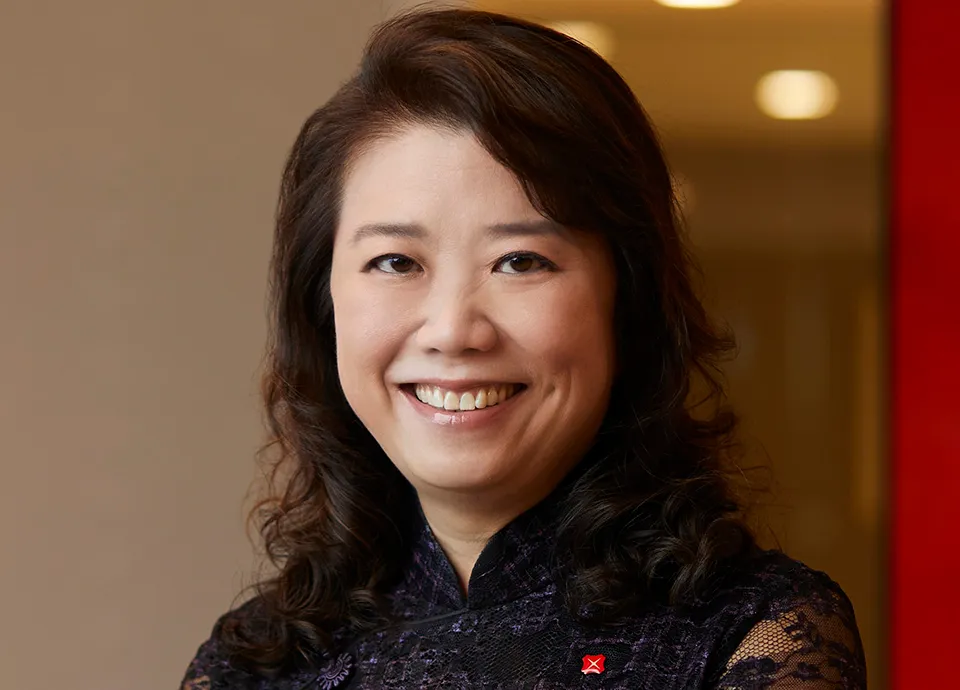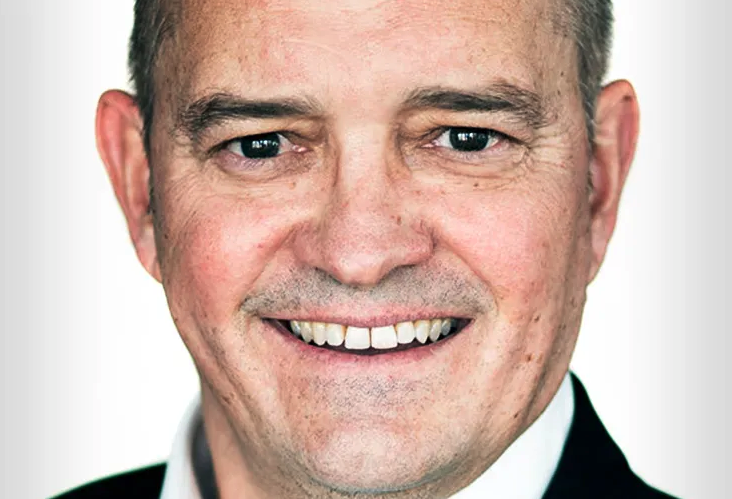We frequently find ourselves looking to Singapore for the world’s most interesting and refined small and medium-sized enterprise banks. There’s a reason for this: Singapore’s three banks, DBS, UOB and OCBC, have built considerable skill sets serving SME clients in the city state, but there is clearly a finite business opportunity on an island nation one-fifth the size of Rhode Island.
Therefore, they have variously cast out to southeast Asia, India and China. In so doing they have become some of the few banks in the world to build true cross-border SME businesses. DBS, our winner this year, now has over 50% of its SME book outside Singapore.
DBS has been boosted in this regard by the Covid-opportunist acquisitions that Euromoney highlighted last year when DBS was named the world’s best bank. The Lakshmi Vilas purchase in southern India was particularly important in this regard. This almost doubled DBS’s asset and liability book in SMEs in India, but without a big shift in asset quality.
Shortlisted
- Bank of America
- Santander
The current account balances of the customers acquired through that deal have grown 11% since the deal was completed.
DBS is all about digital innovation, and it has been applying technological advantage to its SME book as it has grown. The bank has its own definition for digital customers – those who transact at least 75% through digital channels – and these clients account for 84% of SME income, up from 69% five years ago.
Some of the digital initiative is about convenience, with the lending process for access to working capital now reduced to, the bank says, a minute to apply, a second to approve and instant disbursement.

It is partly about cross-selling, with artificial intelligence applied to an in-house business intelligence engine that predicts what customers need and then nudges them in that direction. This has been tried out on 150,000 SME customers so far and DBS says AI-related revenue from this has grown fivefold.
Around S$250 million ($180 million) of trade financing has been provided to SMEs in Hong Kong and China through alternative lending models with digital at the core. Revenue from cash-flow management for merchants in Singapore, Hong Kong and India has doubled since 2019, again thanks to tech. And the application of AI models to the new business in India is rapidly ramping up engagement with previously underserved customers.
But perhaps the key story of the past two years has been about using digital skills to assess credit quality, to see trouble coming and act while it is still possible to do so. DBS says the bank’s AI accurately predicted more than 95% of non-performing assets or loans moving past due. Having spotted these problems, 80% of them were then averted from risk. About S$700 million of the loan book was protected in this way.
The model now is to look at all the different situations and ask: which customers are going to be vulnerable here?
Joyce Tee
Partly as a consequence of this predictive approach, DBS has survived the return of 90% of loans to principal repayment post-Covid without much impact on delinquency rates. In fact, those rates are roughly in line with what they were pre-pandemic, and there was an 88% drop in specific allowances year on year in the first quarter of 2022.
This is going to continue to be useful.
“We’re using this [predictive approach] not just to look at the pandemic but at interest rate hikes,” says Joyce Tee, head of SME banking at DBS. “Or supply-chain disruption: which are the customers that cannot pass through that additional cost?
“The model now is to look at all the different situations and ask: which customers are going to be vulnerable here?”
Still, DBS hasn’t closed the door on troubled borrowers. In 2021, it granted a further 39,000 loans worth S$13 billion of principal moratorium in Hong Kong, Singapore and India, including 14,000 collateral-free loans in Singapore. In India, 190 SMEs received disbursements from DBS through the Guaranteed Emergency Credit Line initiative, worth S$30 million; every one of them has resumed payments, with no new delinquencies.
DBS was also an early mover in the idea of embedding itself in customer ecosystems through partnerships. It has done this with great success not only in consumer but also in SME, where it has 106 of what it calls anchor programmes. An example is a partnership with JD Logistics through which merchants can initiate financing requests, view their available balance and loan outstandings, and gain automated disbursement of funds through the JDL platform. This one partnership alone yielded 89 new customer acquisitions between December 2020 and March 2022.
The bank has also sought to build its sustainability priorities into its SME business, disbursing S$100 million in green financing schemes in this segment, including green renovation financing, an industry first. Its SME Kickstarter Programme under the DBS Foundation helps SMEs adopt more sustainable business models.
The result of all of this is a business increasingly crucial to the overall bank. SME revenue is 28% of all institutional banking revenue. In the first quarter of 2022, net profits before tax shot up 67% year on year. Fee income was up 10% and deposits 9%.





